
What do you think when you hear about stem cells?
Perhaps you think they are “experimental” or you’re concerned about what you’ve read or heard in the news media about stem cells from embryos.
But there is a better way to view this therapy. Stem cells are part of your body and its own natural healing mechanism. In my view, they are probably the ultimate natural healer.
Today, I want to talk to you about a special kind of stem cell treatment called “fat transfer,” and it’s already become extremely popular with men and women alike.
As you age, you naturally lose volume from your face, particularly around your temples, under your eyes and from the apples of our cheeks.
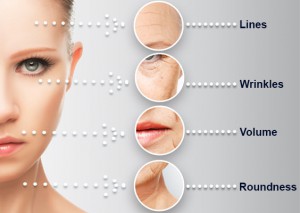
Your face loses its roundness — like a deflating balloon — and your skin becomes saggy, your jaw line droops and folds begin to appear. These are all the tell-tale signs of aging.
This gaunt effect is caused by a loss of bone density, collagen and, most of all, fat.
For years, the gold standard for reversing this was either “nip and tuck” surgery or the “liquid facelift” — a procedure that uses fillers made from hyaluronic acid, a synthetic version of a natural component of healthy, young skin.
Patients often tell me they need a surgical facelift — but simply replacing lost fat can restore a youthful look.
With recent advances in techniques and stem cell science, fat transfer has become the most subtle — and most popular — way of rejuvenating your face
.Also called the “organic facelift,” the technology was created originally to repair breast tissue after cancer surgery. And it has since developed into a simple, non-invasive procedure.
Fat is harvested from bulky stomachs, thighs and buttocks via liposuction and then reintroduced by injection into your face. The entire process takes just three to four hours.
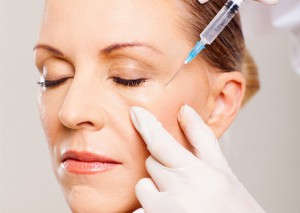
In early fat transfer facelifts, up to 70% of the fat injected disappeared. So doctors simply “over-filled” to be sure the results were lasting — and this made patients look bloated for weeks.
Now, nearly all the fat survives — because “fat transfers” harness the healing power of your own stem cells.
You probably already know that stem cells are your body’s master cells. All other human cells are made from them.
You see, fat contains a rich supply of stem cells — in fact, in far more concentrated levels than bone marrow. And using stem cell-rich fat doesn’t present any of the ethical issues that arise when cells come from human embryos.
And because you are the donor, there is no risk of tissue rejection.
Stem cells in fat rejuvenate the skin, making it thicker, smoother and brighter — just like young skin.
But previously, when surgeons dumped huge volumes of fat into your face, only the surface layers were able to connect to a blood supply.
The key is the careful layering of mini-droplets of fat deep in your face’s muscle layer, which has lots of nearby blood vessels. The fat is processed in a way that allows the stem cells to create a blood supply for the transplant that helps the fat survive. And the fat also forms a kind of scaffolding to support the collagen.
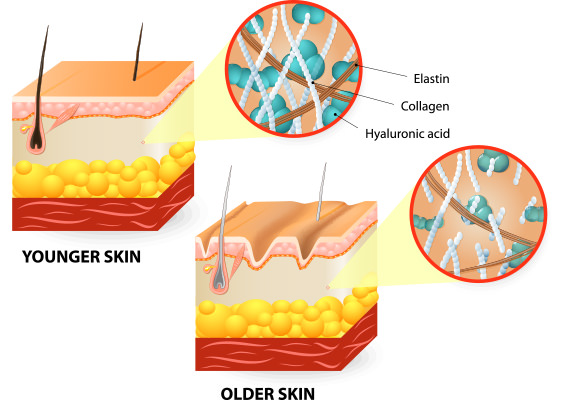
The results can last for up to 10 years or longer — compared with the usual six to 12 months for normal fillers.
There are also measures you take at home to protect the fat in your skin…
You see, each of your skin cells is surrounded by two layers of fat. It’s called the phospholipid bilayer.
When this fatty cell wall is strong it gives the cell a solid structure and integrity. It also helps keep your skin hydrated.
Fluid inside skin cells prevents your skin from drying out. This is the key to plump, young-looking skin. But to keep that fluid inside the cell, you need a strong fatty membrane to hold everything together.
That’s why eating healthy fats help reduce wrinkles. I’ve seen it in primitive cultures in Peru, Brazil, and Africa, where saturated fats and tropical oils are a major part of the diet. Middle-aged women there look like they’re in their 20s.
I recommend linoleic acid, an essential omega-6 fat. Linoleic acid is good for skin because your body converts it into omega-3s. These have been proven to protect skin from sun damage that leads to premature aging.i
Omega Diet
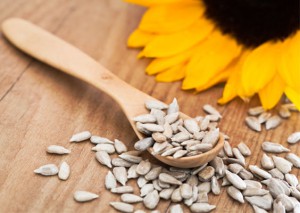 You can get high-quality linoleic fats from sunflower seeds, pine nuts, pecans, and Brazil nuts. Cheese is another good source — especially blue, Brie, and Swiss cheeses.
You can get high-quality linoleic fats from sunflower seeds, pine nuts, pecans, and Brazil nuts. Cheese is another good source — especially blue, Brie, and Swiss cheeses.
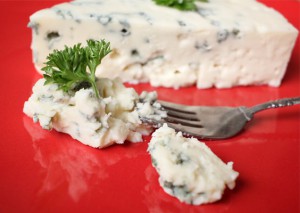 You should also load up on omega-3s themselves, because they are the building blocks of healthy cell membranes. And they keep skin hydrated, plump and younger looking.
You should also load up on omega-3s themselves, because they are the building blocks of healthy cell membranes. And they keep skin hydrated, plump and younger looking.
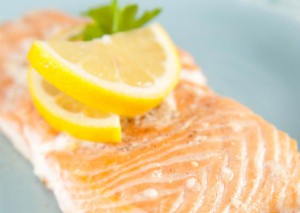 To get more omega-3s in your diet, eat three or four servings a week of cold-water fatty fish, like wild-caught salmon, sardines, mackerel, tuna and anchovies. Other sources of good fats include grass-fed beef and dairy, pastured eggs, olive oil, walnuts, avocados and coconut oil.
To get more omega-3s in your diet, eat three or four servings a week of cold-water fatty fish, like wild-caught salmon, sardines, mackerel, tuna and anchovies. Other sources of good fats include grass-fed beef and dairy, pastured eggs, olive oil, walnuts, avocados and coconut oil.
To Your Good Health,

Al Sears, MD, CNS
i Sies H, Stahl W. “Nutritional protection against skin damage from sunlight.” Annu Rev Nutr 2004;24:173–200.

